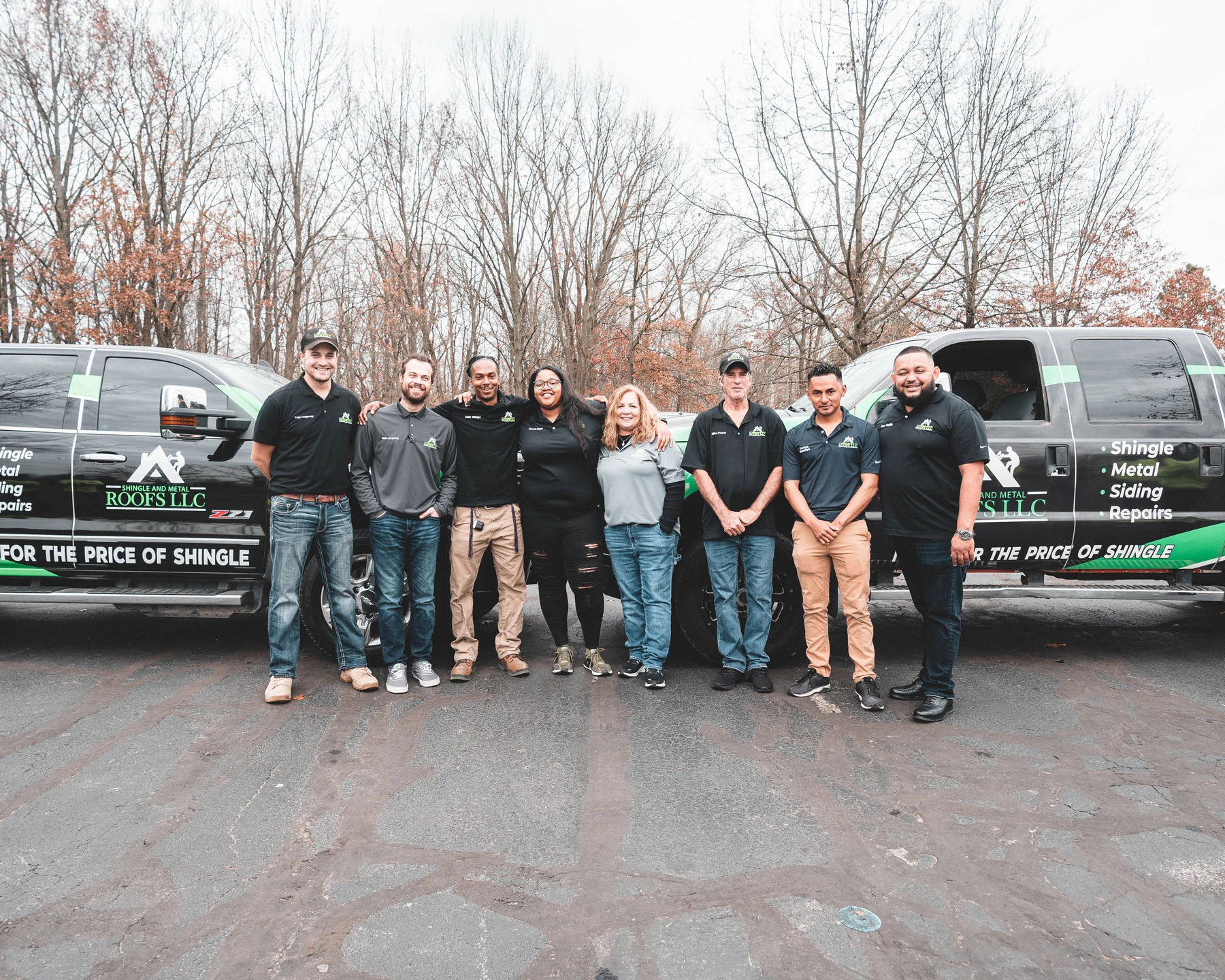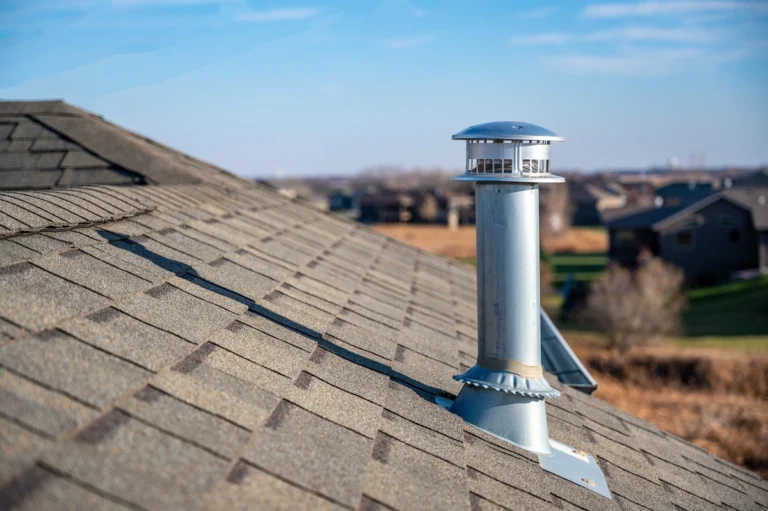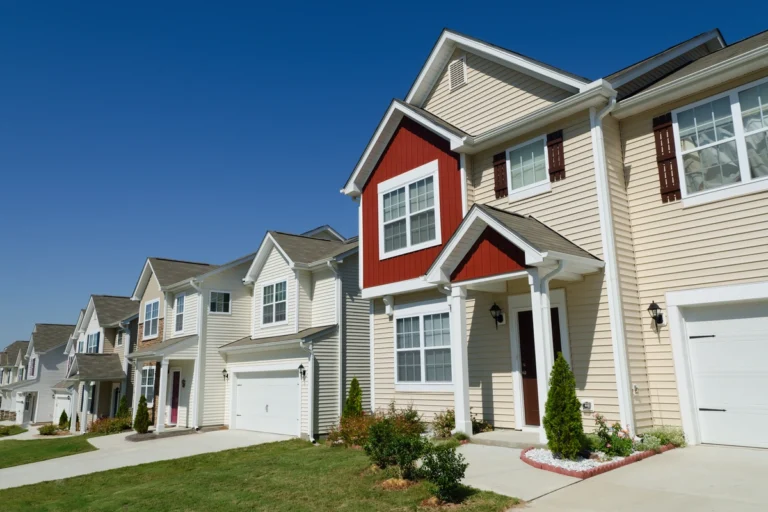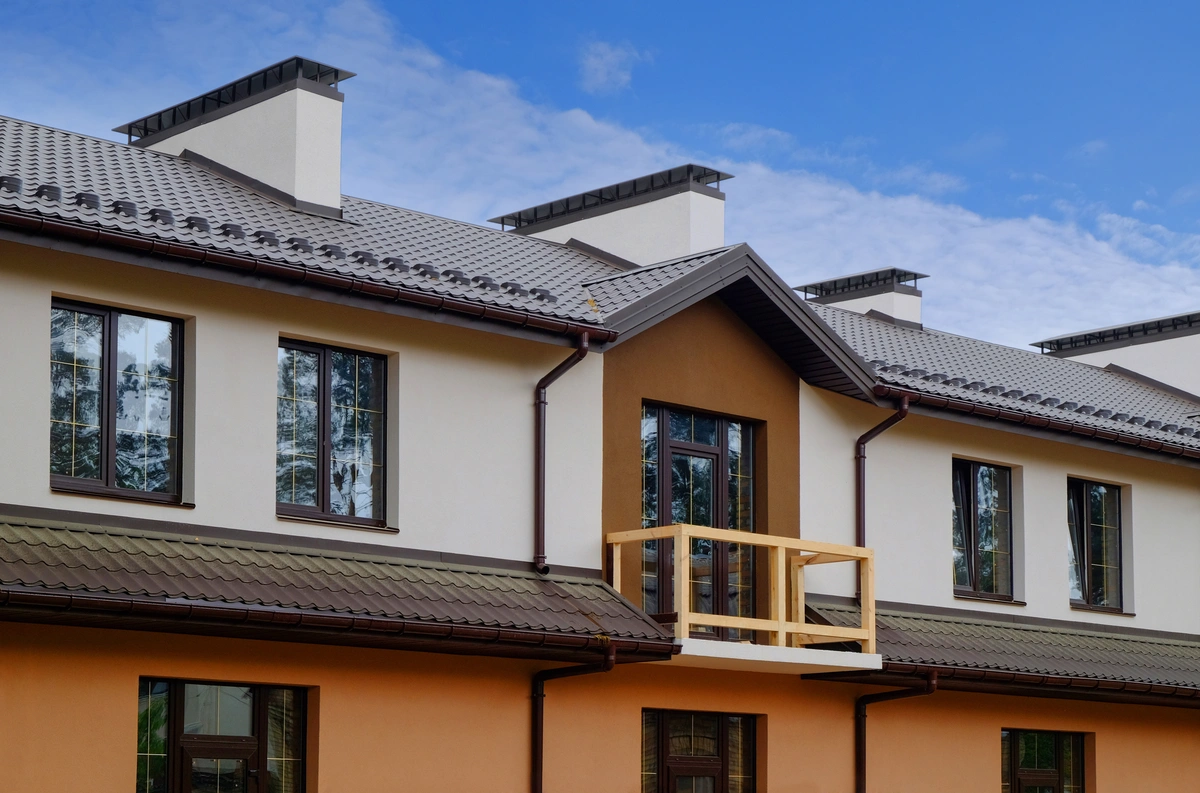
Metal roofing is an excellent choice if you’re looking to give your home an upgrade and boost in value — hence its rise in popularity among homeowners across the country.
Curb appeal aside, metal roofing also comes with certain benefits. These benefits include:
- Better energy efficiency
- Longer lifespan
- Durability
- Naturally fire, wind, and mold resistant
- Minimal maintenance
- Flexibility regarding color and style
The question isn’t whether or not you should opt for a metal roof but which of the metal roofing types will suit your home and preferences best. Below we’ll cover the five most common types of metal roofing in addition to their various styles, pros and cons, and more.
Metal Roofing Styles
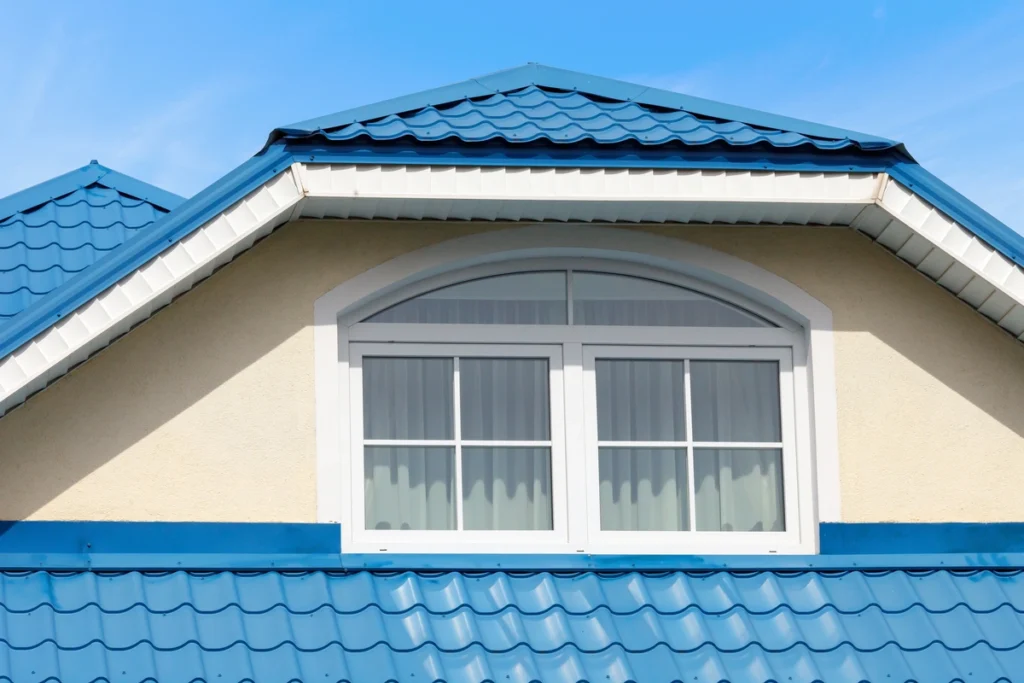
Most homeowners don’t realize that metal roofing comes in several styles. Before we dive into the major points of the various styles, it’s important to understand that at the heart of each style will be the fasteners that secure the metal roofing in place.
There are two styles of fasteners used on metal roofs:
- Exposed fasteners: Exposed fasteners are clearly visible
- Hidden fasteners: Hidden fasteners are concealed beneath the panels
Some styles of metal roofing allow for either type of fastener while others only come with one. Both types are durable and long-lasting, they simply contribute to the overall aesthetic.
The following styles can be molded from most of the metal roofing materials we’ll talk about later, and they include:
- Corrugated metal roofing: The term corrugated refers to the metal paneling’s wavy folds that alternate into furrows and ridges, which strengthen the material. Most corrugated metal panels are formed from aluminum, but can also be molded from steel and copper. Corrugated metal roofing also typically has exposed fasteners for an industrial aesthetic.
- Standing seam metal roofing: Standing seam metal roofing takes the shape of wide, flat, vertical panels that are ribbed on each end of the panel. They incorporate hidden fasteners beneath each rib for an interlocking roofing system for a streamlined and sleek aesthetic. The standing seam metal roof is typically molded from steel but is often selected from aluminum and copper.
- Stone-coated metal roofing: Stone-coated metal roofing starts out as steel sheets that are rolled into panels. From there, the panels are coated in stone granules to achieve the same dimension, texture, and coloring as traditional roofing materials — especially clay tiles. Unlike other metal roofing, the stone-coated style is naturally soundproof.
- Parallel rib metal roofing: Parallel rib metal roofing is similar to corrugated and standing seam metal as the panels are ribbed to create strong, bold lines for a more modern and contemporary aesthetic. Parallel rib roofing is typically made from steel but can also be made from copper, aluminum, and tin.
- Metal slate tiles or shingles: Metal slate roofing also has an interlocking design which means they only utilize hidden fasteners. Metal slate roofing tiles are typically made from galvanized steel but can also be formed into aluminum shingles, and they’re coated to mimic the look of traditional slate tiles.
5 Metal Roofing Materials
Now let’s talk about the five most common metal roofing materials and their pros and cons:
1. Aluminum
Aluminum roofing is among the most lightweight of all the metal roof materials. It’s also incredibly popular in coastal environments as it’s naturally saltwater corrosion-resistant. However, it is prone to denting due to being so lightweight.
Pros
- Corrosion-resistant
- Comes in plenty of style and color variations
- Lightweight yet durable
Cons
- Prone to denting
- Higher costs
- Not as available as other metal materials, making it more expensive
2. Copper
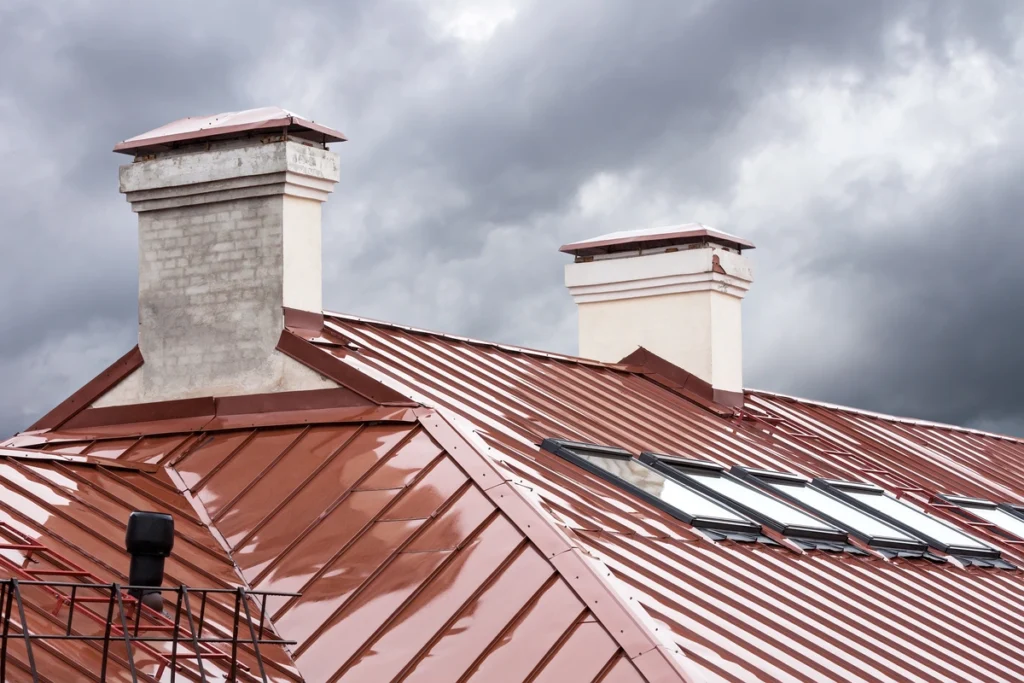
Copper is arguably the best metal roofing material as its use dates back to Ancient China. Copper is unique in its longevity (it can last over 100 years) and appearance. Uncoated copper will “tarnish” over time, developing a beautiful green patina and it can be formed into everything from tiles to sheets.
Pros
- Long life span
- Fire and mold-resistant
- Lightweight and easy to install
- Very low maintenance
Cons
- Very expensive
- Susceptible to impact marks
- Not as widely available as other materials, making it expensive
3. Steel
When roofers talk about metal roofing, they’re usually referring to steel as it’s the most common metal roofing material. Steel is an alloy metal, made from iron and other elements, and it requires minimal maintenance. It’s also one of the most cost-effective metals that can be molded into just about any design and coated with virtually any color you can think of to match your home’s aesthetic.
Pros
- More affordable compared to other metal roofing materials
- Long-lasting (up to 70 years)
- Resistant to chipping, cracking, and warping
- Naturally fire and wind-resistant
Cons
- Less corrosion resistance
- Heavier compared to other metal roofing materials
- Typically requires soundproofing upon installation
4. Tin
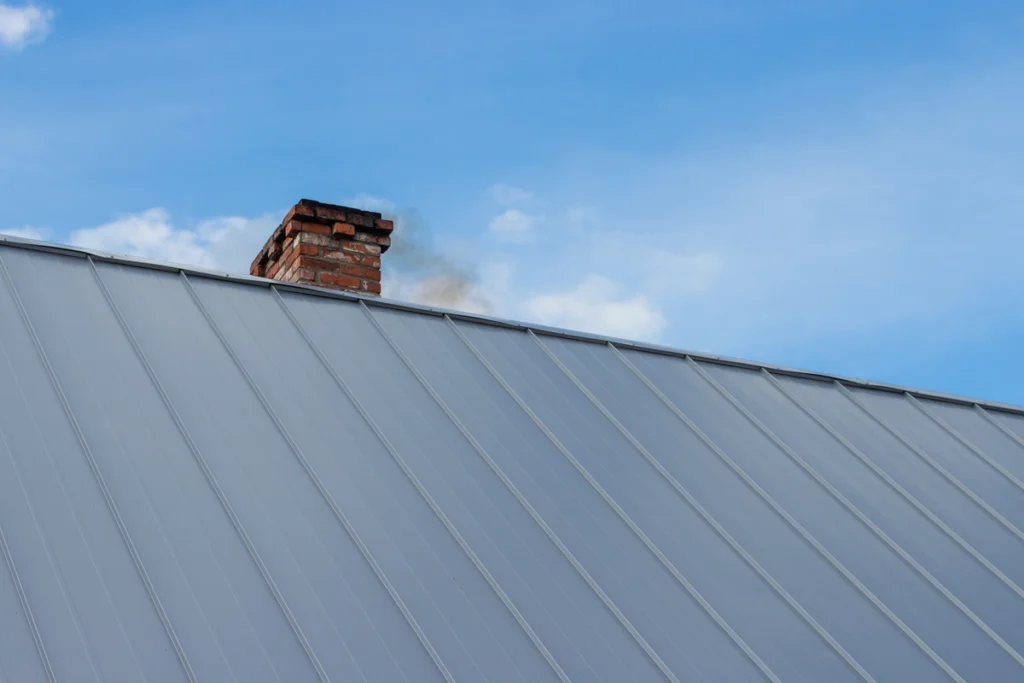
Tin roofing material is actually rolled steel that’s coated with tin. The manufacturing process allows the tin to chemically bond with the rolled steel, which is what makes it durable and crack-resistant. While tin roofing has declined in popularity over the years, it’s still an affordable option (although, your roofing contractor will likely suggest aluminum instead).
Pros
- Very lightweight
- Easy to install
- Expected lifespan of over 50 years
Cons
- It’s not as popular and therefore difficult to find
- Due to its scarcity, it can be expensive
- Requires soundproofing upon installation
5. Zinc
Zinc roofing is incredibly similar to copper in that it offers a beautiful appearance that develops a unique patina with age. Most of the zinc roofing panels used in residential projects today come pre-patinated to kick start the protective layer of zinc carbonate for both its coloring and durability.
Pros
- Unique aesthetic
- Corrosion resistant
- Can last up to 100 years or longer
Cons
- Very expensive
- Prone to chalking
- Not as widely available in the United States
Ready to Make the Switch to Metal Roofing?
Upgrading to metal roofing is a great way to not only add value to your home but keep it safer than traditional roofing materials, like asphalt shingles. One of the best things about having a metal roof over your head is that you can choose the style and color to match any aesthetic you want to make your home stand out that much more — and no one will be able to tell that it’s metal!
Want to learn more about metal roofing? Call the professionals today at Shingle and Metal Roofs LLC. We’ll walk you through all of your metal roofing options and give you a free estimate after a thorough roof inspection.

